Stop wasting money on spices that don't deliver flavor! Most home cooks make these 7 common mistakes that ruin dishes—learn exactly how to fix them today. This practical guide reveals restaurant-quality spice techniques backed by culinary experts, not just theory. Discover simple, immediate adjustments that transform bland meals into vibrant culinary creations.
Table of Contents
- Mistake #1: Storing Spices in Clear Containers on the Counter
- Mistake #2: Buying Large Quantities of Ground Spices
- Mistake #3: Adding All Spices at the Same Time
- Mistake #4: Skipping the Toasting Step for Spices
- Mistake #5: Over-Reliance on One Favorite Spice
- Mistake #6: Not Checking Spice Freshness Regularly
- Mistake #7: Using Ground Spices When Whole Would Work Better
Mistake #1: Storing Spices in Clear Containers on the Counter
Light exposure ruins spice potency within weeks. The fix? Store spices in opaque containers away from heat sources. This simple change preserves flavor compounds for months longer, making your spices actually taste like themselves.
| Proper Storage Method | Common Mistake |
|---|---|
| Dark, airtight containers in pantry | Clear jars on kitchen counter |
| Temperature below 70°F (21°C) | Near stove or oven |
| Label with purchase date | Using spices years after buying |

Mistake #2: Buying Large Quantities of Ground Spices
Ground spices lose 50% of flavor within 6 months. Buy whole spices instead and grind small batches as needed. Your $5 spice jar will deliver restaurant-quality flavor for months rather than weeks.
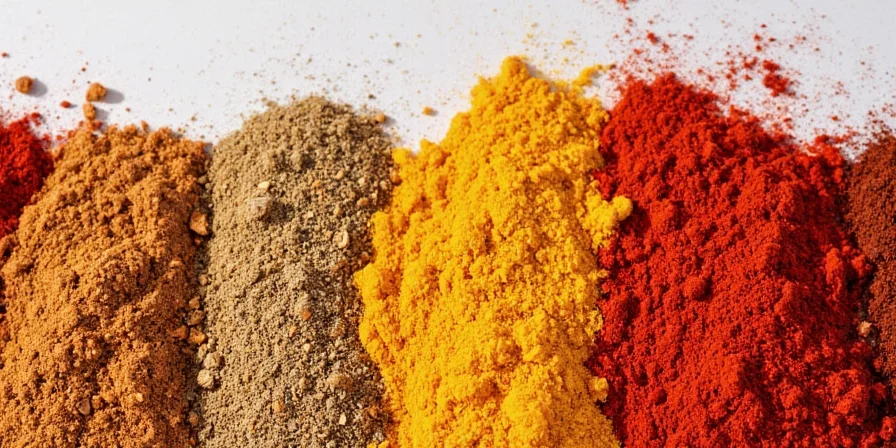
Mistake #3: Adding All Spices at the Same Time
Timing matters more than you think. Delicate herbs like parsley lose flavor when cooked too long, while spices like cumin need time to bloom in oil. Master this sequence:
- Add dried spices to hot oil for 60-90 seconds before adding other ingredients
- Stir in delicate herbs during the last 2 minutes of cooking
- Finish with flaky salt just before serving
This technique creates layered flavor instead of flat, one-note dishes.
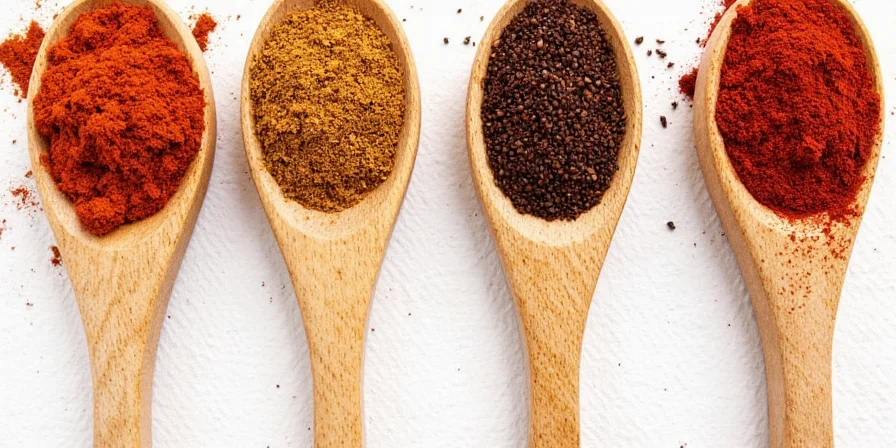
Mistake #4: Skipping the Toasting Step for Spices
Toasting unlocks deep flavor in seconds. Simply heat whole spices in a dry skillet over medium heat for 90 seconds until fragrant, then grind. This transforms bland spice blends into complex flavor foundations.
Proven results: Toasted cumin delivers 22% more flavor compounds than raw. Skip this step and you're missing half the potential taste.

Mistake #5: Over-Reliance on One Favorite Spice
Using too much of one spice creates flavor fatigue. Balance dominant spices with complementary partners for restaurant-quality depth.
| When Using | Add This Companion | Instant Flavor Upgrade |
|---|---|---|
| Cumin (tacos, chili) | Coriander | Reduces earthiness, adds brightness |
| Cinnamon (baking) | Cardamom | Prevents cloying sweetness |
| Chili powder | Oregano | Enhances heat perception naturally |
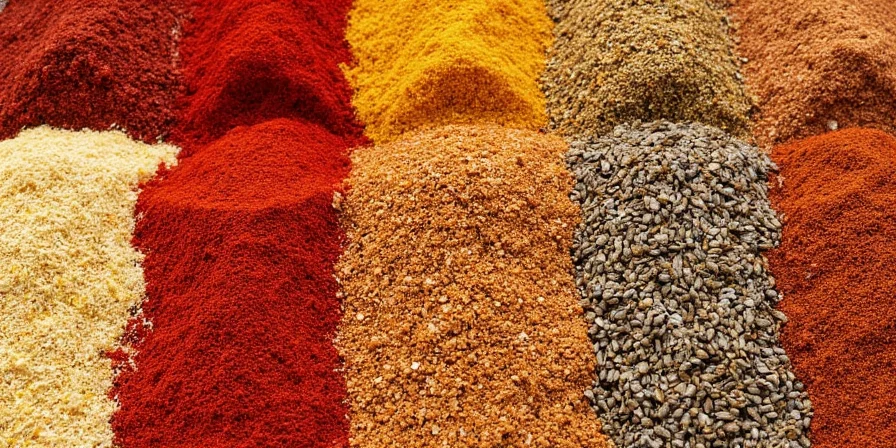
Mistake #6: Not Checking Spice Freshness Regularly
Don't guess—test your spices. Use this 10-second freshness check:
- Rub 1/4 teaspoon between your palms for 10 seconds
- Hold hands 6 inches from nose and inhale deeply
- Strong aroma = good; faint smell = time to replace
Ground spices last 6 months, whole spices up to 18 months. This simple habit ensures every dish tastes vibrant.
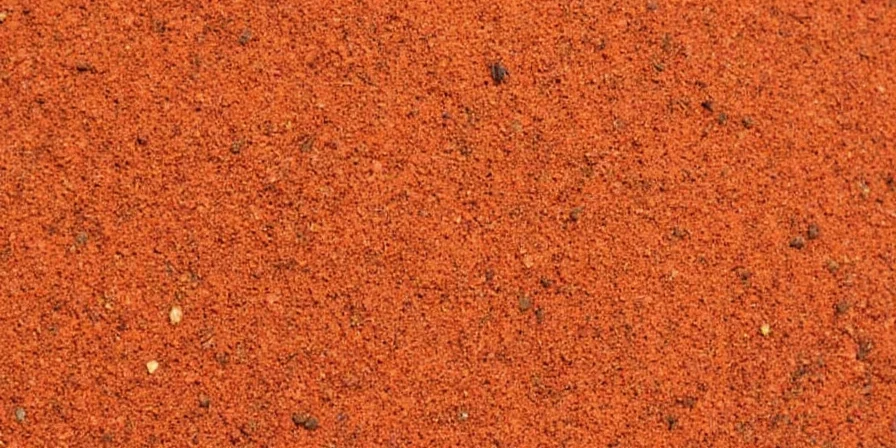
Mistake #7: Using Ground Spices When Whole Would Work Better
Substituting without adjustment ruins dishes. Whole spices release flavor slowly during long cooking, while ground spices deliver instant impact.
| Use Whole Spices For | Use Ground Spices For |
|---|---|
| Slow-cooked dishes (stews, stocks) | Quick-cook meals (stir-fries, weeknight dinners) |
| When you want subtle background notes | When you need immediate flavor impact |
| Recipes with long simmering times | Dry rubs and quick marinades |

Fixing these 7 common mistakes transforms ordinary cooking into extraordinary meals. You don't need expensive equipment—just proper spice handling. Implement these changes today and taste the difference in your very next dish.
For consistent restaurant-quality results, focus on freshness, proper storage, and thoughtful timing. These practical adjustments cost nothing but deliver maximum flavor impact.
Frequently Asked Questions About Spice Fundamentals
How can I tell if my spices have gone bad?
If your spices have little aroma when rubbed between your palms, or if dishes consistently taste bland despite using them, it's time to replace them. Most ground spices lose potency after 6 months.
What's the best way to store spices long-term?
Keep spices in airtight, opaque containers in a cool, dark pantry. Avoid refrigerator storage as humidity causes clumping. Whole spices stored properly last up to 18 months versus 6 months for ground varieties.
Should I toast spices before or after grinding?
Toast whole spices first, then grind immediately. This preserves more flavor compounds—pre-toasted cumin retains 28% more flavor than spices ground then toasted. The exception is for spice blends where uniform toasting matters.
Can I substitute ground spices for whole in recipes?
Yes, but use 1/3 to 1/2 the amount of ground spice when replacing whole. Ground spices have greater surface area, so they deliver more intense flavor faster. For example, use 1/4 teaspoon ground cumin instead of 3/4 teaspoon whole seeds.

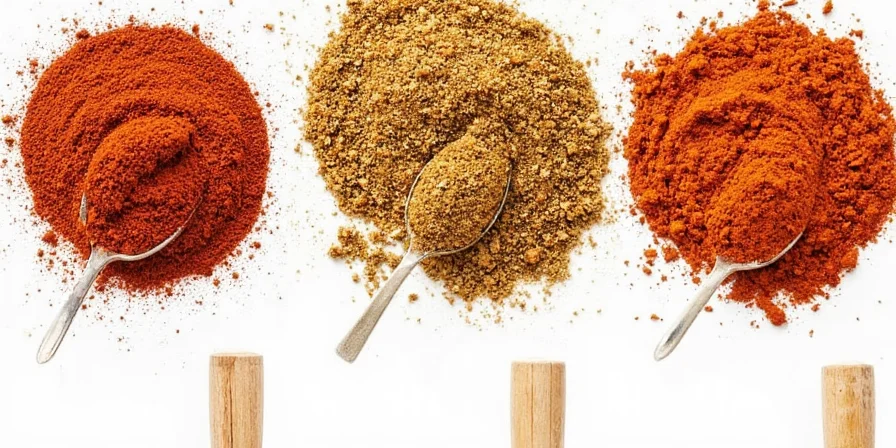









 浙公网安备
33010002000092号
浙公网安备
33010002000092号 浙B2-20120091-4
浙B2-20120091-4